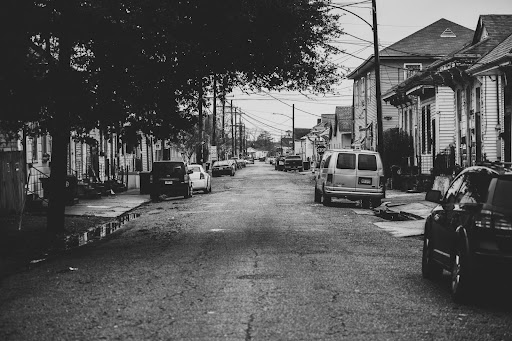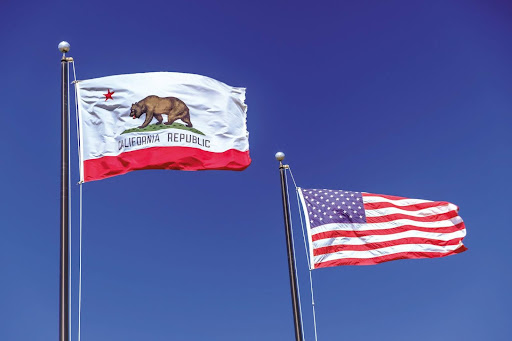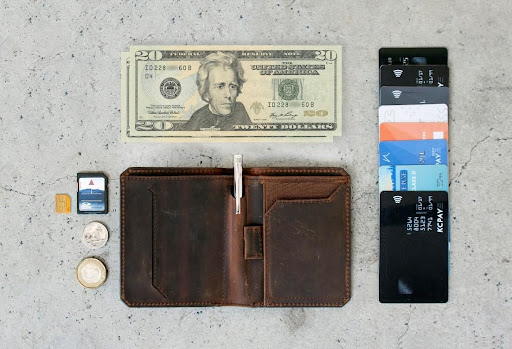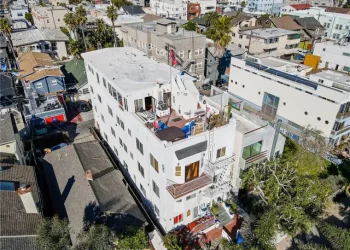If you are in the travel industry but lack a website, you are missing out a lot. According to recent research, more than 81% of consumers search online to find information and answers to questions about a service or product before purchasing. The only way to stand and be counted here is to have a good website for your website. But how do you design your travel website? Here is how.
1. Get the Website Elements in Order
For you to design a travel website, you need several elements. These include web hosting, domain name and email. Choosing a domain name and URL may seem like an easy task, but it is often the most deceptive one. This is because most people struggle to balance professionalism and creativity.
With IONOS, you can build your travel and tourism brand on an excellent domain. A good domain names generator like IONOS has an AI assistant that generates names within seconds. Besides the name, you will also get a free 2GB email account and private registration for enhanced privacy. It is your starter pack to getting your business online.
2. Go for User-Friendliness
A good travel website should be convenient and easy to navigate. No one wants to spend more than ten seconds finding information. Whether they need travel tips, details on a particular destination, or to book, research shows that you only have three seconds to impress them.
Ensure that you use intuitive menus and clear categories so that the site visitors have an easy time. Everything on your website should point to the enhancement of the user’s experience.
3. Incorporate Attractive Visuals
Pictures do what words are unable to do. They will show the abstract concepts such as the facial expressions and emotions. These photos appeal to the site visitor’s human side and prompt them to want to visit their desired destinations. For instance, if someone has always wanted to go to Maldives, showing them photographs of your travel consultants or other travellers may trigger their emotional connections to the place.
For this reason, you must invest in high-quality images and videos showing the destinations, activities, and accommodations. These visuals will help the travellers envision their own experiences in the destination. It is a huge selling point for you as a travel firm. The only thing you must do is to optimise the photographs so they do not alter the site’s loading speed.
4. Make the Search and Booking Functions Accessible
Out of 10 people visiting your platform, more than five may want to plan and book a trip. After offering them informative content, they will head onto the booking page for flights, tours, hotels, or other services. Make these pages as accessible as possible.
Besides the search and booking functions, consider adding calls to action for the visitors. Place them visibly so these clients know what they should do.
Conclusion
And there you have it! Whether your travel business is local or international, having a good website boosts the returns exponentially. Start by getting your brand elements like the logo and domain names in order before delving into the design. When designing, use the right layouts, functions, and visuals to keep your site visitors engaged.

























